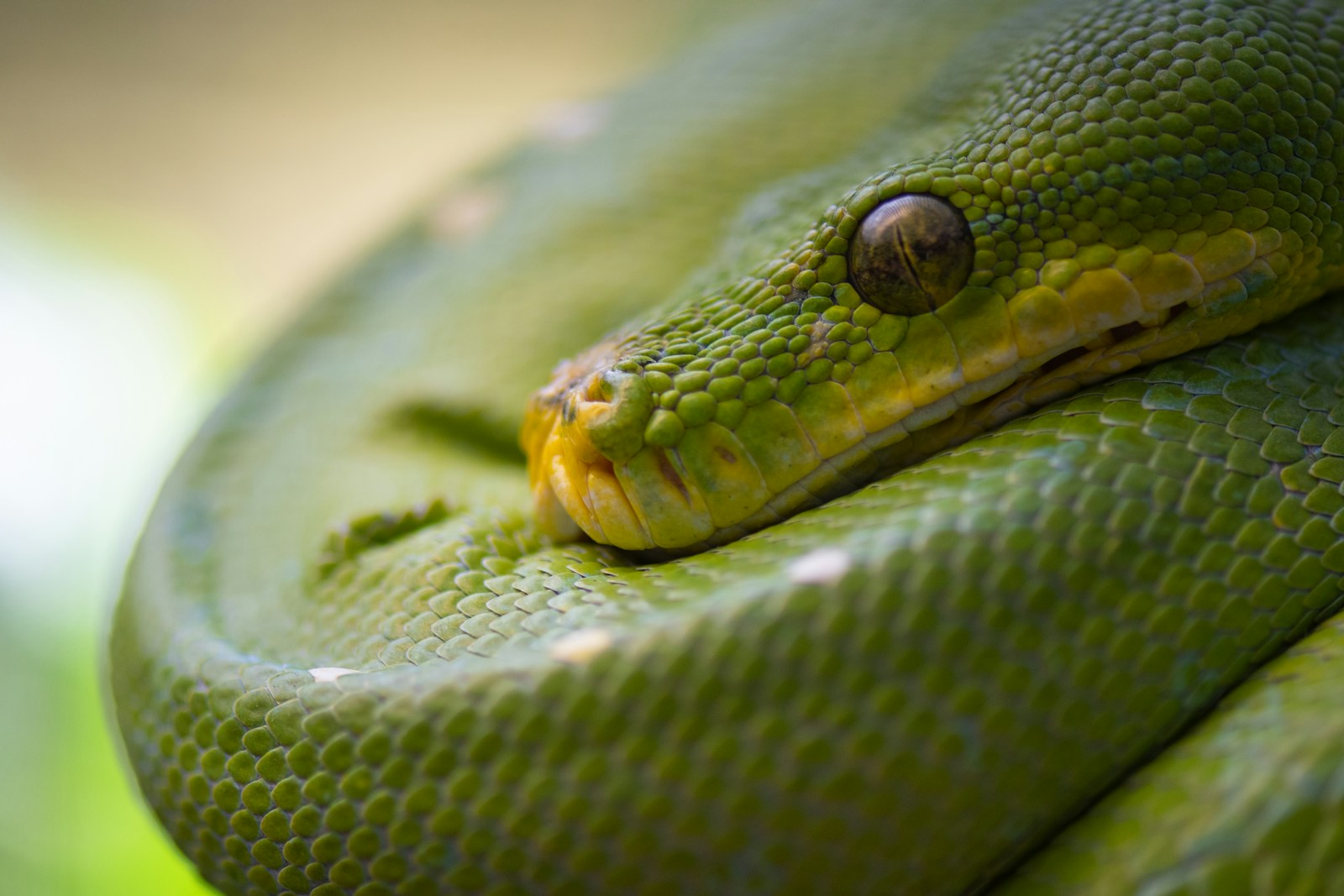In the diverse world of serpents, an intriguing phenomenon exists: non-venomous snakes that mimic the appearance and behaviour of their venomous counterparts. This form of evolutionary deception serves as a remarkable survival strategy that has developed over millions of years. While many people assume that all threatening snake displays indicate danger, nature tells a more complex story. Non-venomous snakes have evolved various methods to appear dangerous without possessing actual venom capabilities, creating fascinating examples of mimicry that help these harmless reptiles survive in a world full of predators. This article explores the reasons behind this behaviour, the mechanisms involved, and the specific species that employ these clever tactics.
The Evolutionary Advantage of Mimicry
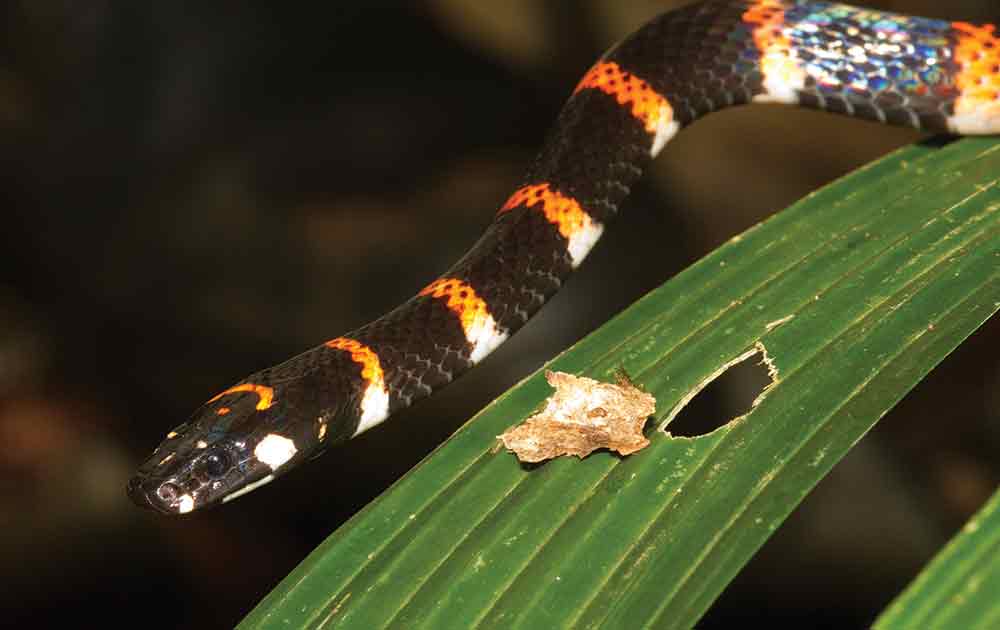
Mimicry represents one of evolution’s most sophisticated survival strategies, allowing harmless creatures to borrow the fearsome reputation of dangerous ones without investing in costly venom production. For non-venomous snakes, appearing venomous creates an effective deterrent against predators who have learned to avoid certain patterns, behaviours, or appearances associated with dangerous species. This form of Batesian mimicry—where a harmless species mimics a harmful one—provides significant survival advantages while requiring less metabolic investment than producing actual venom. The evolutionary pressure to develop these mimicry traits intensifies in environments where venomous snakes and their predators coexist, creating perfect conditions for the development of these deceptive adaptations. Research suggests that snakes exhibiting successful mimicry experience up to 60% greater survival rates than their non-mimicking relatives in similar environments.
Visual Mimicry: The Power of Patterns
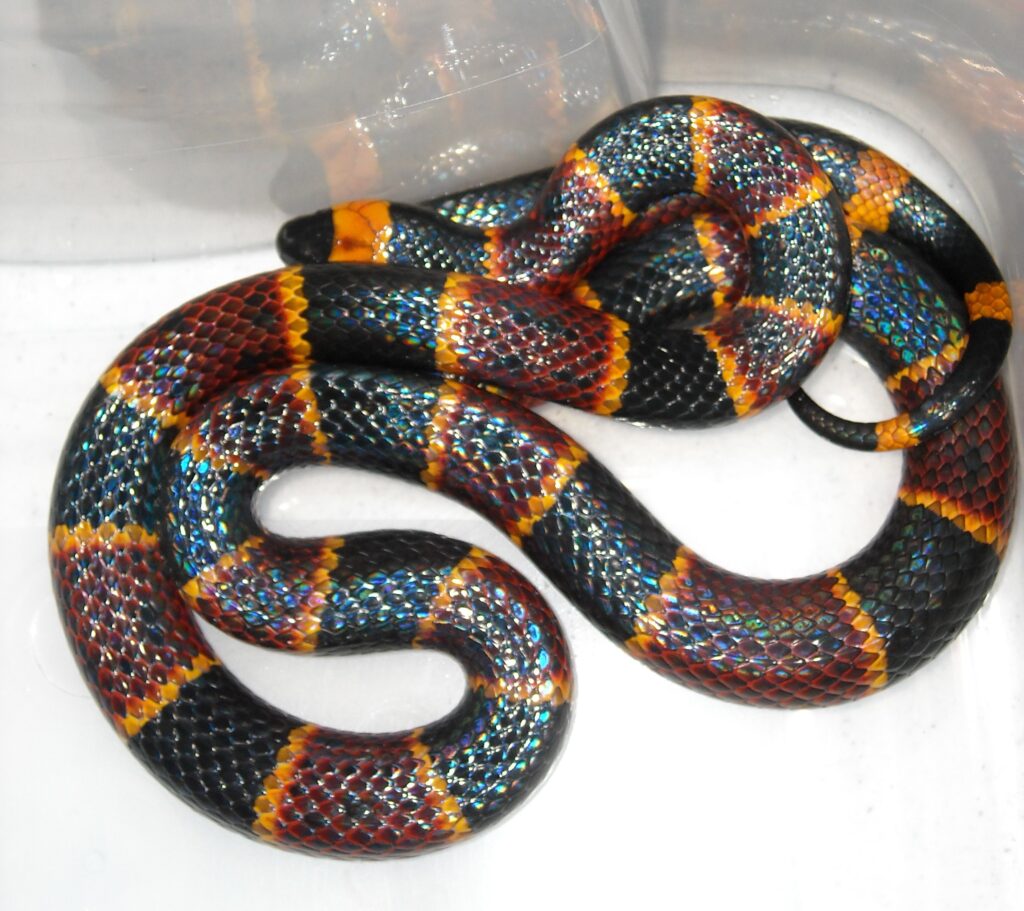
Among the most striking examples of snake mimicry are the visual similarities non-venomous species develop to resemble dangerous counterparts. The scarlet kingsnake’s distinctive red, black, and yellow banding closely resembles the deadly coral snake, creating confusion among predators who have learned to avoid the venomous species. Similarly, many harmless milk snakes display colour patterns remarkably similar to various venomous species in their range, benefiting from the fearsome reputation their dangerous lookalikes have established. These colour patterns aren’t random but typically evolve to match the most dangerous local venomous species, creating regional variations in mimic appearances that correspond to the distribution of their models. Research has demonstrated that the precision of this visual mimicry correlates directly with predation rates—the more accurate the mimicry, the less likely a snake is to be attacked.
Behavioural Mimicry: Acting Venomous
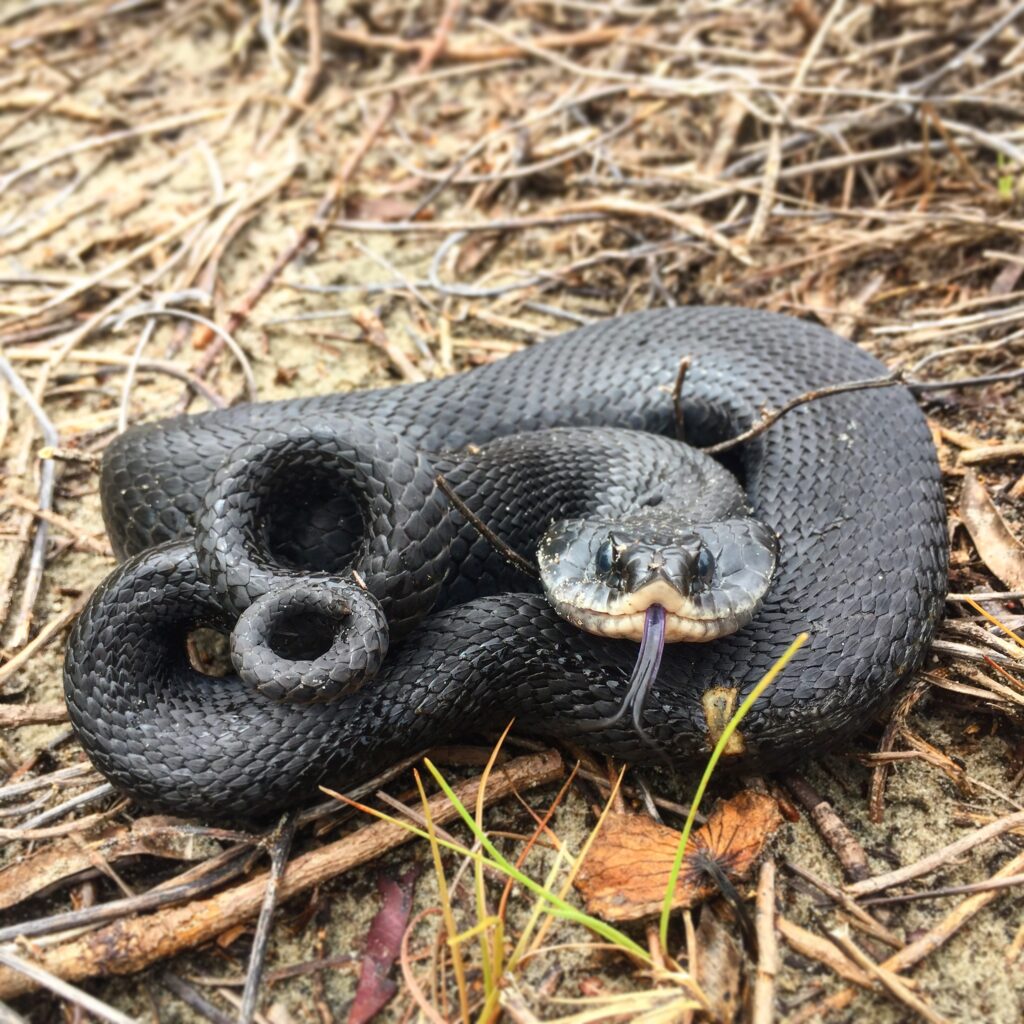
Beyond mere appearance, many non-venomous snakes have evolved behavioural traits that convincingly mimic the threatening displays of venomous species. The hognose snake puts on one of the most dramatic performances, flattening its neck like a cobra, hissing loudly, and beating with a closed mouth—all while being completely harmless to humans. Other species, like rat snakes, may vibrate their tails against leaves or ground debris, producing a sound remarkably similar to a rattlesnake’s warning. These behavioural adaptations often trigger instinctive fear responses in potential predators, who typically avoid confrontation when faced with what appears to be a dangerous encounter. The effectiveness of these displays is evidenced by the fact that many predators will immediately retreat when confronted with them despite the absence of any actual threat.
The Hognose Snake: Master of Deception

The Eastern hognose snake (Heterodon platirhinos) represents perhaps the most theatrical performer among non-venomous mimics, employing a multi-stage defence strategy that mimics several venomous behaviours. When threatened, this harmless snake will flatten its head and neck to resemble a cobra, hiss loudly, and perform convincing strike displays while rarely making contact. If this initial performance fails to deter a predator, the hognose escalates its act by rolling onto its back, opening its mouth, and secreting a foul-smelling musk while appearing to be dead—a behaviour known as death-feigning or playing possum. This complex behavioural repertoire makes the hognose particularly successful at avoiding predation despite lacking any significant defensive capabilities. Remarkably, if a “playing dead” hognose is turned right-side up, it will immediately flip itself back onto its back to maintain the deception, showing the deliberate nature of this behaviour.
False Coral Snakes: Color Pattern Deception
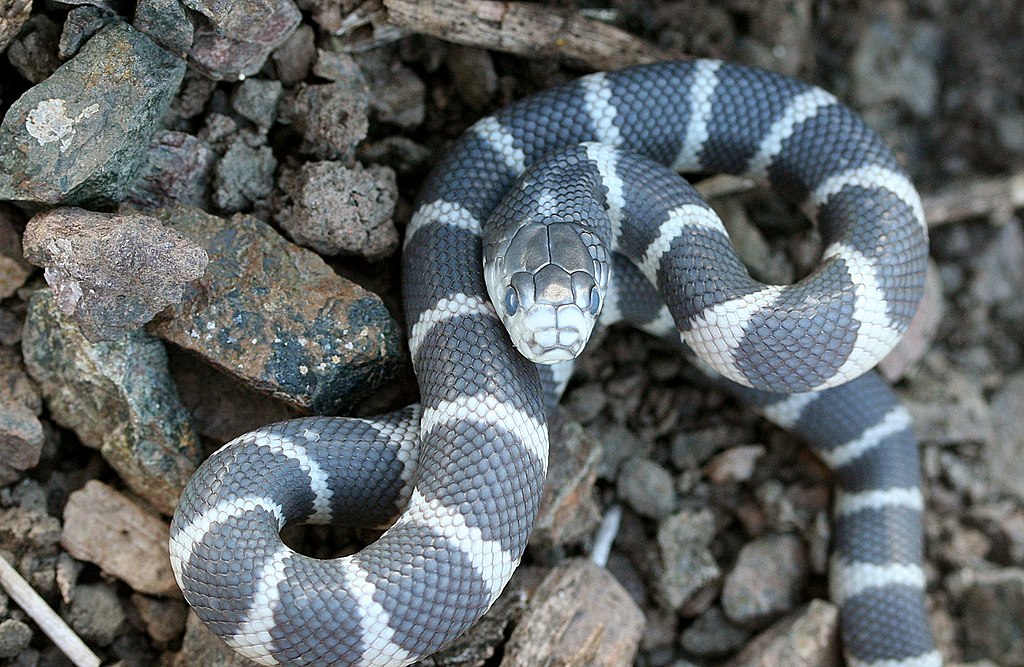
The mimicry relationship between coral snakes and their non-venomous imitators represents one of nature’s most studied examples of visual deception. Species like the scarlet kingsnake (Lampropeltis ellipsoids) display the iconic red, black, and yellow banding pattern similar to the highly venomous eastern coral snake, leading to the well-known rhyme “red touch yellow, kill a fellow; red touch black, friend of Jack” used to distinguish between them. This colour pattern mimicry exists across multiple continents, with different harmless species evolving similar patterns to match local venomous models. Research has demonstrated that in areas where coral snakes become rare or extinct, their mimics gradually lose the precision of their mimicry over evolutionary time, supporting the theory that these patterns are maintained by natural selection. Studies show predators like birds and mammals exhibit innate avoidance of these colour patterns, suggesting the effectiveness of this strategy extends beyond learned behaviour to instinctive responses.
Tail Displays and Rattlesnake Mimicry
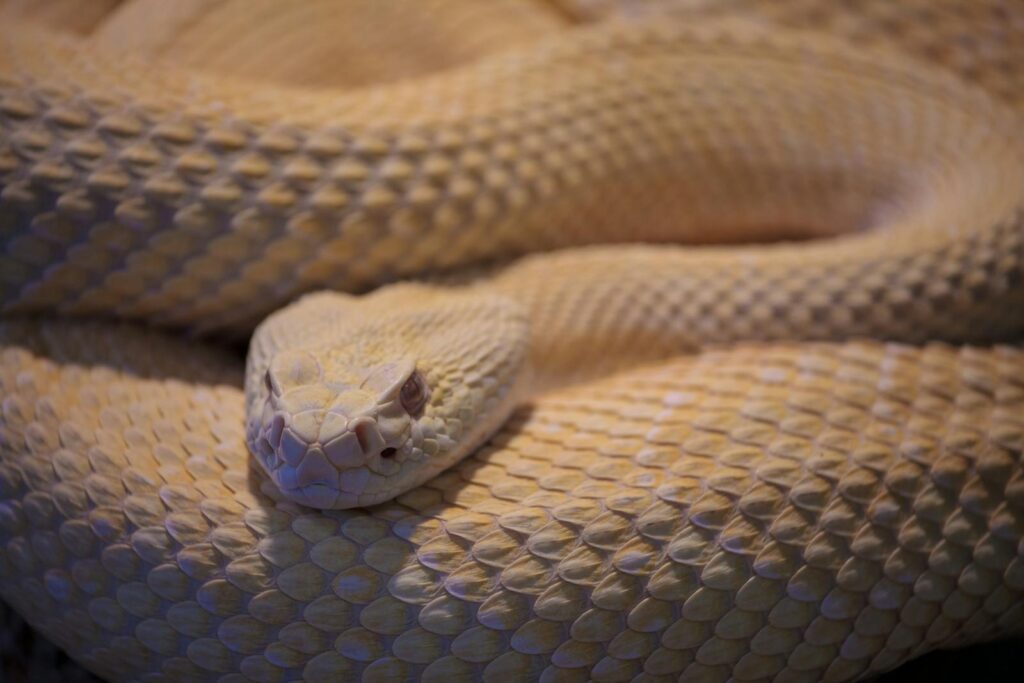
Several non-venomous snake species have evolved behaviours that mimic the distinctive warning system of rattlesnakes, despite lacking the specialized tail rattle. Species like the common rat snake and the bull snake will rapidly vibrate their tails against leaf litter or dry vegetation when threatened, creating a buzzing sound remarkably similar to a rattlesnake’s warning. This behaviour exploits the widespread recognition and fear of the rattlesnake’s signature sound, effectively borrowing its threatening reputation. In some regions, these mimics have developed keeled scales on their tails that enhance the sound production when vibrated, making the deception even more convincing. Research indicates that predators respond to these acoustic mimics with the same avoidance behaviours they display toward actual rattlesnakes, demonstrating the effectiveness of this adaptation even without visual similarity.
The King Snake’s Bold Bluff
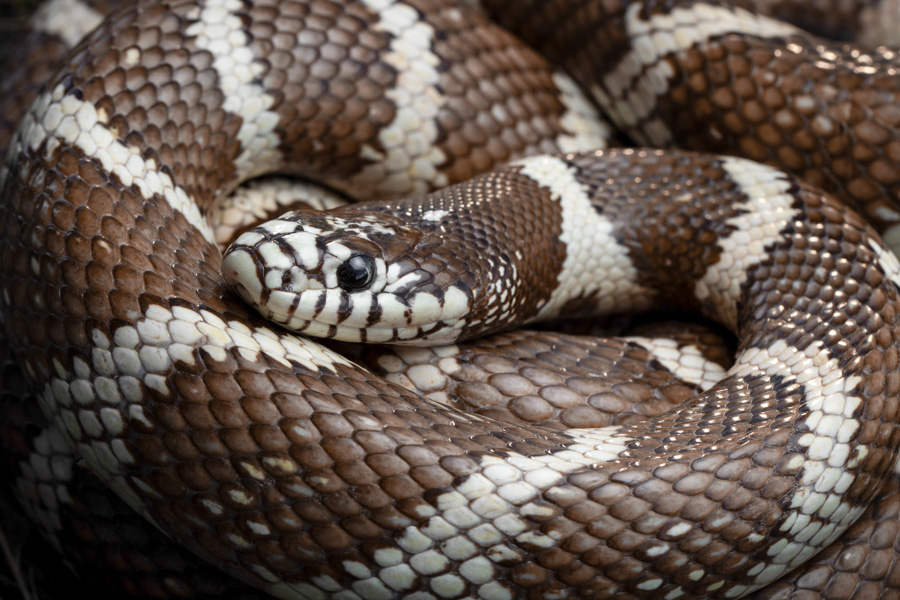
King snakes (Lampropeltis species) employ multiple mimicry strategies while possessing another remarkable adaptation—immunity to the venom of many pit vipers they encounter and often prey upon. Despite being non-venomous themselves, these snakes usually display defensive behaviours similar to venomous species, including tail vibration, striking postures, and hissing. Their boldly contrasting patterns may serve dual purposes: mimicking venomous species to deter their predators while also serving as warning colouration that advertises their status as dangerous predators of venomous snakes. This complex interplay creates a situation where king snakes benefit from being recognized both as potential threats (to their predators) and as dangerous predators (to venomous snakes). Some king snake species have even evolved to mimic different venomous models in other parts of their range, adapting their appearance to match the most feared local venomous species.
Defensive Head Triangulation
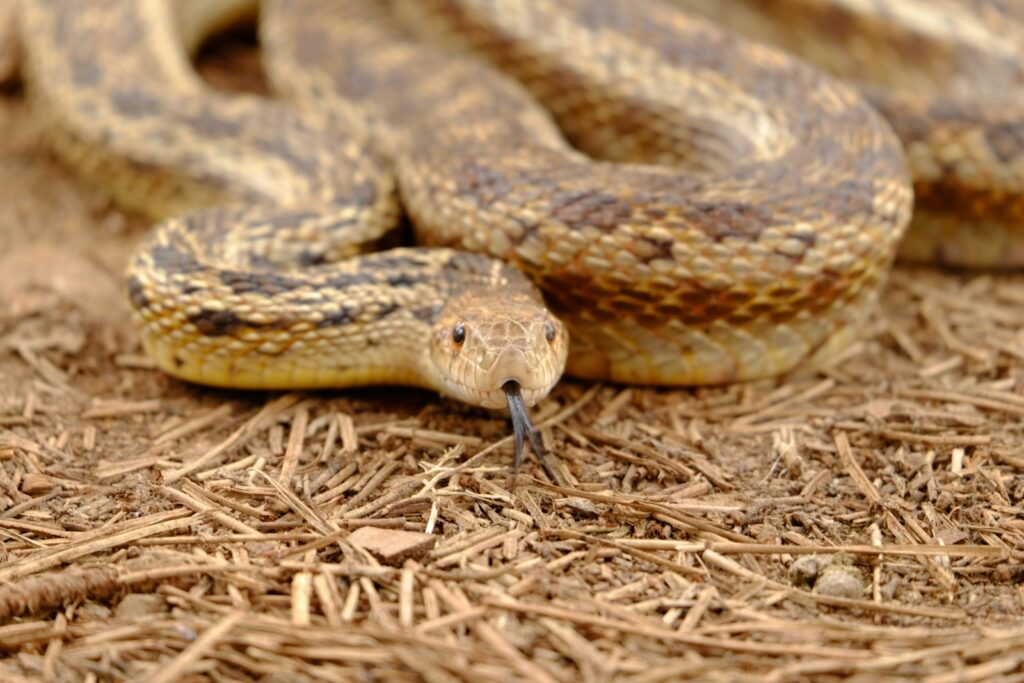
Many non-venomous colubrids have developed the ability to flatten and widen their heads when threatened, creating the triangular head shape commonly associated with venomous vipers. This defensive posturing, seen in species like water snakes, gopher snakes, and rat snakes, exploits the widespread recognition of the “triangular head equals danger” heuristic that many potential predators and humans use to identify threatening snakes. When combined with aggressive posturing, hissing, and strike displays, this head-flattening behaviour creates a convincing impression of danger that often succeeds in deterring predators. The effectiveness of this display is enhanced when the snake also coils its body into an S-shape, the classic pre-strike position adopted by many venomous species. Interestingly, this head-flattening ability evolves more commonly in species that coexist with vipers, supporting its role as mimicry rather than coincidental similarity.
The Cost-Benefit Analysis of Mimicry
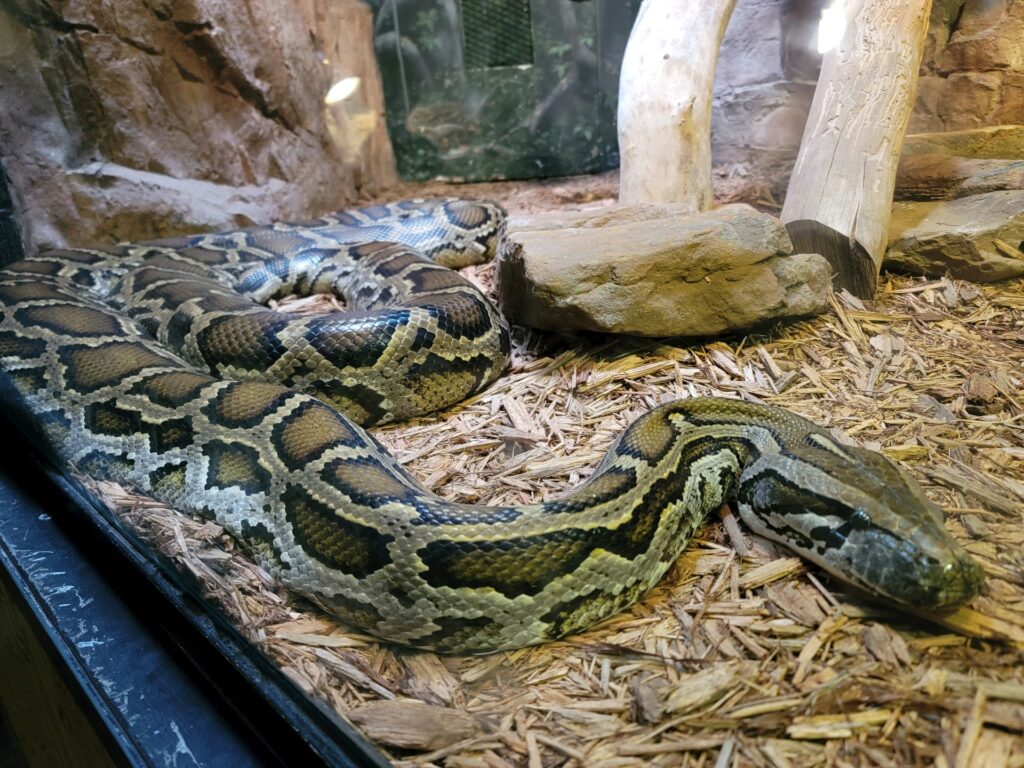
The evolution of mimicry behaviours involves a complex balance of costs and benefits that have been shaped by natural selection over millions of years. While appearing venomous provides obvious survival benefits, maintaining convincing mimicry can come with energetic costs, potential for predator testing, and even increased risk of human persecution. For many mimics, the behaviour is deployed selectively—using precious energy only when threats are detected and reverting to normal behaviour when safe. This strategic deployment suggests that mimicry behaviours have evolved to maximize benefits while minimizing associated costs. Research indicates that in areas where humans frequently kill snakes, mimicry of venomous species can become a liability, potentially explaining why some populations show reduced mimicry traits in heavily human-influenced environments. The persistence of these traits, despite occasional disadvantages, demonstrates their overall positive contribution to survival across evolutionary timescales.
Regional Variations in Mimicry
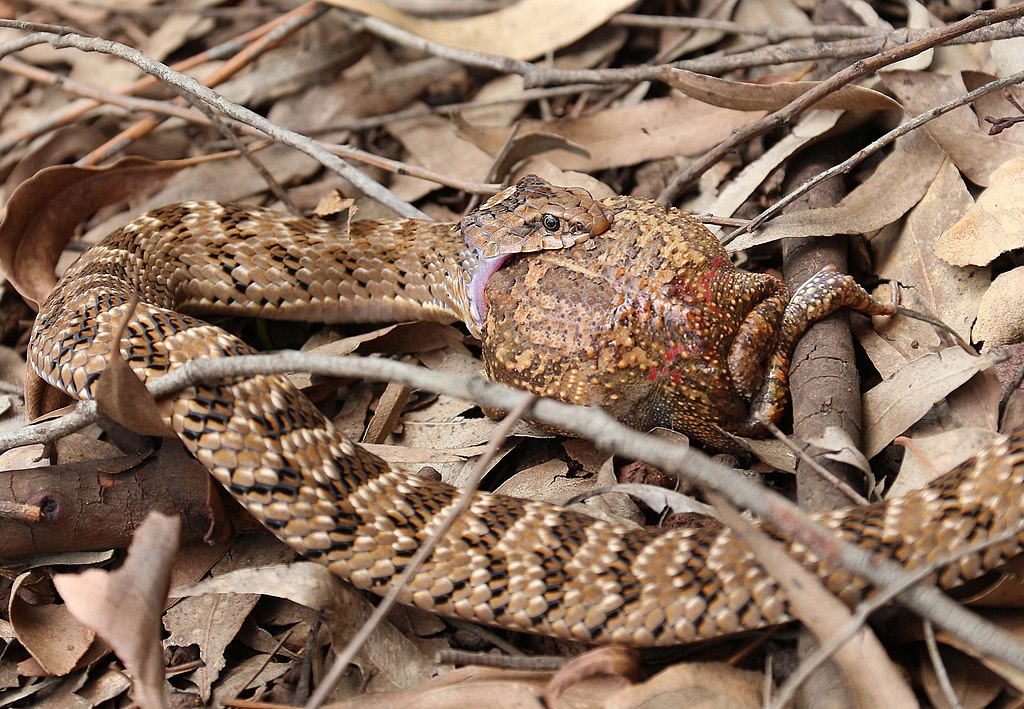
The effectiveness of mimicry depends largely on the presence of the venomous models being imitated, leading to fascinating geographic variations in mimicry patterns. In regions where coral snakes are common, their non-venomous mimics typically display more precise color patterns that closely match the local venomous species. Conversely, in areas where coral snakes are absent or rare, mimics often display imperfect or relaxed versions of the warning coloration—a phenomenon known as mimicry relaxation. This geographic variation provides strong evidence for the evolutionary basis of these traits and has been documented across multiple snake species and continents. Studies comparing king snake patterns across North America have revealed precise correlations between the presence of venomous models and the accuracy of their mimics, with some populations showing nearly perfect mimicry while others display only vague resemblances to their models.
Human Misperceptions and Consequences
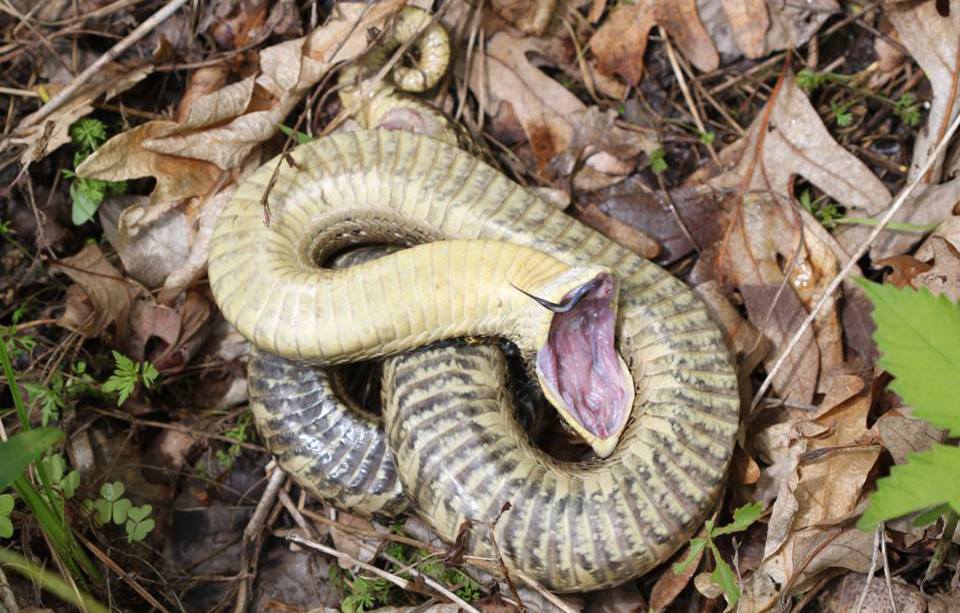
The convincing mimicry displays of non-venomous snakes often lead to misidentification by humans, sometimes resulting in the unnecessary killing of harmless species. Many defensive behaviours that snakes use to deter natural predators—such as flattening their heads, hissing, or striking—are interpreted by humans as signs of aggression or danger, perpetuating fear and misunderstanding. Conservation efforts are increasingly focused on educating the public about these mimicry behaviours to reduce needless snake deaths and promote an understanding of their ecological importance. Research shows that in regions with higher levels of education about snake mimicry, harmless snakes face significantly lower rates of intentional killing. Unfortunately, some of the adaptations that help these snakes survive against natural predators may increase their vulnerability to human persecution, creating an evolutionary trap in human-dominated landscapes.
The Evolutionary Arms Race

Snake mimicry represents one facet of an ongoing evolutionary arms race between predators and prey that continues to shape these adaptations over time. As predators develop better discrimination abilities to distinguish between truly dangerous snakes and harmless mimics, selection pressure increases for more precise mimicry among the non-venomous species. This cyclical process drives the refinement of mimicry traits and creates increasingly sophisticated deception strategies. Evidence of this arms race can be seen in the varying responses of different predator species to snake mimics—those with longer evolutionary histories with venomous snakes show more refined discrimination abilities than predators with less historical exposure. The geographic mosaic of these interactions creates hotspots of mimicry evolution where the interactions between models, mimics, and their predators are particularly intense, driving rapid adaptive changes.
Conservation Implications of Mimicry

Understanding snake mimicry has important implications for conservation efforts, particularly as human activities continue to alter the distribution and abundance of both venomous models and their harmless mimics. When venomous species decline in certain regions, their mimics may lose their protective advantage over time, potentially leading to higher predation rates and population declines. Conservation strategies increasingly consider these complex ecological relationships when developing protection plans for snake species. Additionally, public education about mimicry can reduce human-caused mortality of harmless snakes mistaken for dangerous species. Research suggests that maintaining healthy populations of both models and mimics is essential for preserving these evolutionary relationships that have developed over millions of years, representing an essential component of biodiversity conservation beyond simple species preservation.
Conclusion
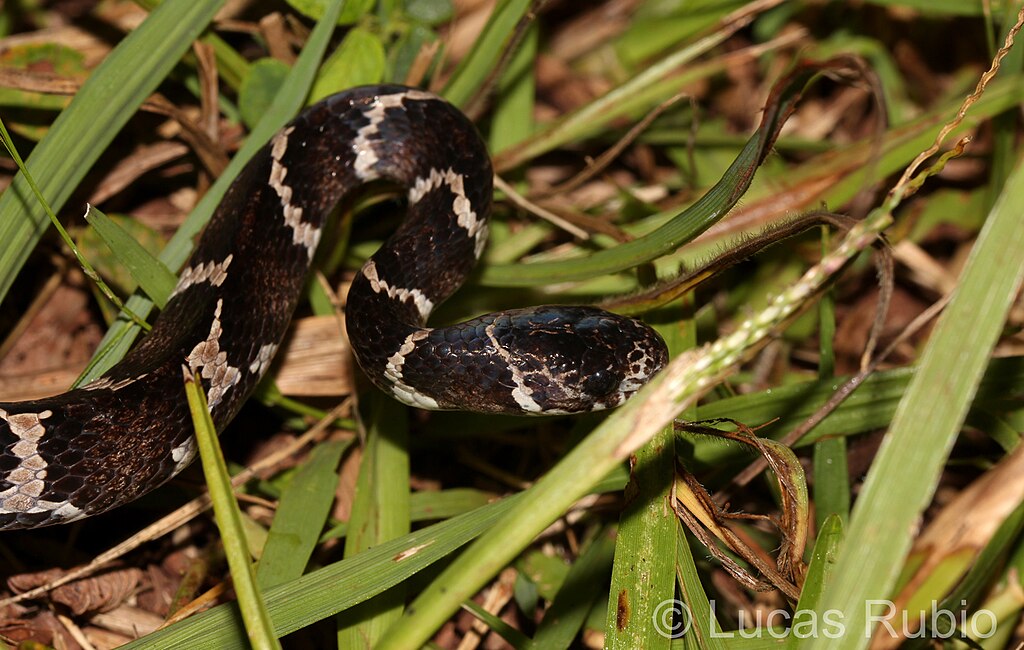
The phenomenon of non-venomous snakes mimicking venomous ones showcases nature’s remarkable adaptive capabilities. Through visual deception, behavioural mimicry, and strategic defensive displays, harmless snakes have developed sophisticated methods to deter predators without the metabolic cost of producing actual venom. These adaptations represent millions of years of evolutionary refinement and continue to evolve in response to changing environmental pressures. By understanding the mechanisms and purposes behind these mimicry behaviours, we gain insight into the complex ecological relationships that shape animal adaptations. Moreover, this knowledge can help foster greater appreciation for these often misunderstood creatures and promote conservation efforts that protect both the mimics and their models, preserving these fascinating evolutionary relationships for future generations.

